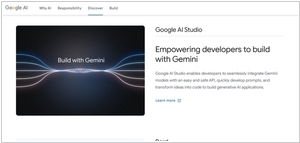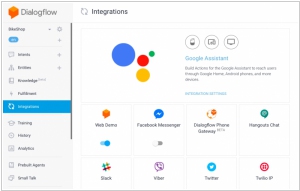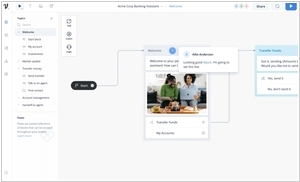Dialogflow vs Voiceflow
December 20, 2023 | Author: Sandeep Sharma
See also:
Top 10 Chatbot Builders
Top 10 Chatbot Builders
Dialogflow and Voiceflow are both platforms focused on conversational AI and voice interface development, yet they differ in their approaches and functionalities. Dialogflow, developed by Google, is a versatile natural language processing platform that enables developers to build chatbots and voice interfaces with advanced language understanding capabilities. It is particularly well-suited for creating applications that span multiple channels and platforms. In contrast, Voiceflow specializes in voice user interface (VUI) design, offering a visual, no-code platform that simplifies the creation of voice-powered applications. Voiceflow is designed for users who may not have extensive coding experience, providing an intuitive interface for designing and prototyping voice interactions. While Dialogflow excels in handling various aspects of conversational interactions, Voiceflow shines in its focus on voice-centric applications, making it a suitable choice for those prioritizing simplicity in voice interface design.
See also: Top 10 Chatbot Builders
See also: Top 10 Chatbot Builders
Dialogflow vs Voiceflow in our news:
2023. Google launches AI Studio for developing chatbots based on its Gemini model

Google has extended the Gemini platform to developers through the launch of several new and enhanced services. Notably, AI Studio, previously known as MakerSuite, stands out among these offerings. Functioning as a web-based tool, AI Studio serves as a portal to the broader Gemini ecosystem, initially supporting Gemini Pro and, in the coming year, Gemini Ultra. This tool empowers developers to efficiently create prompts and Gemini-based chatbots, providing API keys for integration into their applications or access to the code for further development in a more comprehensive integrated development environment (IDE). It is noteworthy that the service offers a relatively generous free quota, allowing up to 60 requests per second. This ample allowance facilitates rapid iteration on ideas without encountering restrictive limitations, potentially supporting the deployment of less frequently used applications in production.





